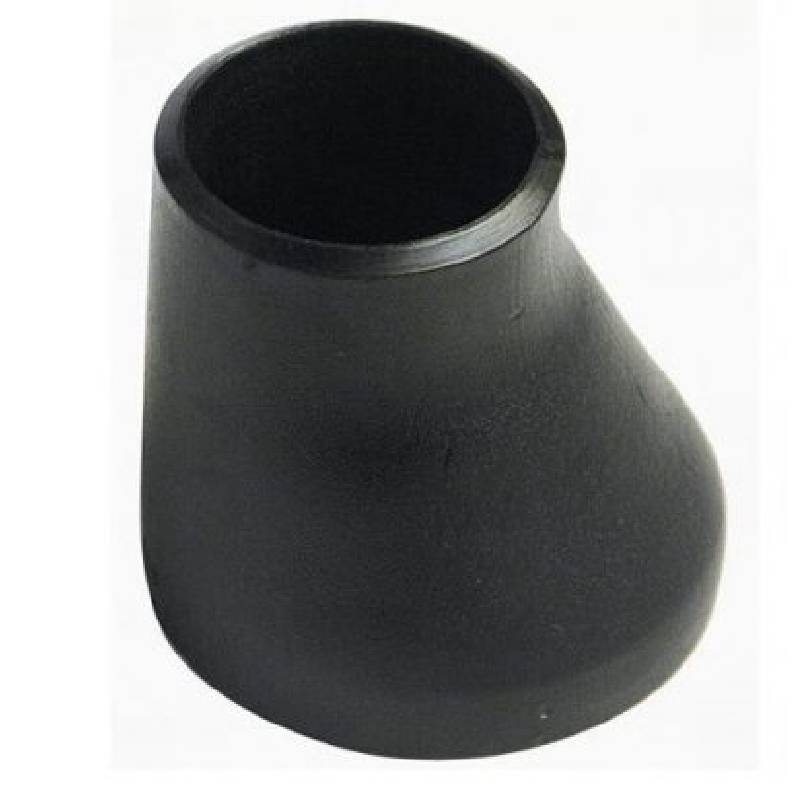-
Cangzhou Yulong Steel Co., Ltd.
-
Phone:
+86 13303177267 -
Email:
admin@ylsteelfittings.com
- English
- Arabic
- Italian
- Spanish
- Portuguese
- German
- kazakh
- Persian
- Greek
- French
- Russian
- Polish
- Thai
- Indonesian
- Vietnamese
- Zulu
- Korean
- Uzbek
- Hindi
- Serbian
- Malay
- Ukrainian
- Gujarati
- Haitian Creole
- hausa
- hawaiian
- Hebrew
- Miao
- Hungarian
- Icelandic
- igbo
- irish
- Japanese
- Javanese
- Kannada
- Khmer
- Rwandese
- Afrikaans
- Albanian
- Amharic
- Armenian
- Azerbaijani
- Basque
- Belarusian
- Bengali
- Bosnian
- Bulgarian
- Catalan
- Cebuano
- China
- China (Taiwan)
- Corsican
- Croatian
- Czech
- Danish
- Esperanto
- Estonian
- Finnish
- Frisian
- Galician
- Georgian
- Kurdish
- Kyrgyz
- Lao
- Latin
- Latvian
- Lithuanian
- Luxembourgish
- Macedonian
- Malgashi
- Malayalam
- Maltese
- Maori
- Marathi
- Mongolian
- Myanmar
- Nepali
- Norwegian
- Norwegian
- Occitan
- Pashto
- Dutch
- Punjabi
- Romanian
- Samoan
- Scottish Gaelic
- Sesotho
- Shona
- Sindhi
- Sinhala
- Slovak
- Slovenian
- Somali
- Sundanese
- Swahili
- Swedish
- Tagalog
- Tajik
- Tamil
- Tatar
- Telugu
- Turkish
- Turkmen
- Urdu
- Uighur
- Welsh
- Bantu
- Yiddish
- Yoruba

Sep . 28, 2024 22:39 Back to list
Understanding DIN Flange Standards and Applications in Engineering and Industry
Understanding DIN Flanges Specifications and Applications
DIN flanges, short for Deutsches Institut für Normung (German Institute for Standardization) flanges, are critical components used in various piping and process systems. They are essential for connecting pipes, valves, pumps, and other equipment in a secure and reliable manner. This article will explore the specifications, types, and applications of DIN flanges, offering insights into their significance in industrial pursuits.
Specifications and Standards
DIN flanges are characterized by specific dimensions, materials, and pressure ratings, ensuring interchangeability and compatibility across various industries. The most commonly referenced standards for DIN flanges include DIN 2573, DIN 2576, DIN 2631, and DIN 2632, among others. Each standard details unique dimensions for the flange, such as the diameter of the flange, thickness, and bolt hole specifications.
Typically, DIN flanges are made from various materials, including carbon steel, stainless steel, and alloy steel, which lend them durability and resistance to corrosion. The choice of material largely depends on the specific application and operating conditions, such as temperature and pressure levels. These factors govern the selection process, ensuring optimal performance and longevity of the flange joints.
Types of DIN Flanges
DIN flanges come in several types, each designed for specific applications. The most common types include
1. Flat Face Flanges (FF) These flanges have a flat sealing surface and are generally used for low-pressure applications. They ensure an even pressure distribution and are commonly found in non-critical installations.
2. Raised Face Flanges (RF) Featuring a raised area around the bolt holes, RF flanges provide enhanced sealing capabilities, making them suitable for high-pressure environments. They are widely used in industries handling gases or liquids under pressure.
din flange

3. Blind Flanges These are solid flanges with no bolt holes and are used to close off the end of a piping system. Blind flanges are crucial for pressure maintenance and system integrity.
4. Weld Neck Flanges (WN) These flanges have a long tapered neck that allows for a smooth transition between the flange and the pipe. They are ideal for high-pressure applications and provide more strength and stability.
5. Socket Weld Flanges (SW) These are used in small-diameter piping and feature a socket where the pipe is inserted. They are typically employed in high-pressure settings and are known for their robustness.
Applications of DIN Flanges
DIN flanges are widely used across various industries, including oil and gas, chemical manufacturing, water treatment, and HVAC systems. Their ability to provide secure and leak-proof joints makes them indispensable in fluid and gas transmission systems.
In the oil and gas industry, for instance, DIN flanges facilitate the extraction, processing, and transportation of hydrocarbons. In chemical plants, they enable the handling of corrosive materials under high-pressure conditions. Moreover, in municipal and industrial water systems, DIN flanges play a vital role in maintaining the integrity of pipelines, thus ensuring a continuous and safe water supply.
Conclusion
In summary, DIN flanges are an essential component of modern industrial systems, renowned for their standardization, durability, and versatility. Understanding their specifications, types, and applications is crucial for engineers and professionals in various fields, as it ensures the efficacy and safety of piping systems. With ongoing advances in materials and manufacturing processes, the relevance of DIN flanges will continue to grow, making them a cornerstone of engineering design and implementation.
Latest news
-
ANSI 150P SS304 SO FLANGE
NewsFeb.14,2025
-
ASTM A333GR6 STEEL PIPE
NewsJan.20,2025
-
ANSI B16.5 WELDING NECK FLANGE
NewsJan.15,2026
-
ANSI B16.5 SLIP-ON FLANGE
NewsApr.19,2024
-
SABS 1123 FLANGE
NewsJan.15,2025
-
DIN86044 PLATE FLANGE
NewsApr.19,2024
-
DIN2527 BLIND FLANGE
NewsApr.12,2024
-
JIS B2311 Butt-Welding Fittings LR/SR 45°/90° /180°Seamless/Weld
NewsApr.23,2024











